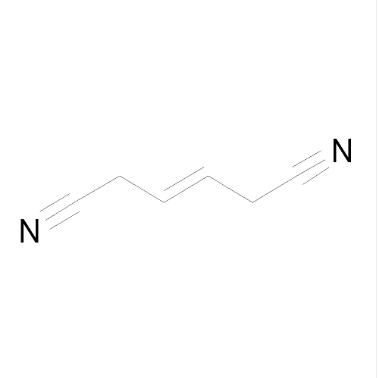Lithium-ion batteries have become the cornerstone of modern energy storage solutions, powering everything from portable electronics to electric vehicles. As the demand for higher energy density and longer battery life increases, the role of additives in lithium batteries has gained significant attention. These additives enhance the performance, safety, and longevity of lithium-ion batteries. This article explores the various functions and benefits of lithium battery additives, shedding light on their crucial contributions to battery technology.
Understanding Lithium Battery Additives
What Are Lithium Battery Additives?
Lithium battery additives are substances added to the electrolyte or electrode materials in lithium-ion batteries to improve their performance. These additives can enhance various properties, such as ionic conductivity, thermal stability, and overall efficiency. They are typically used in small quantities but can have a profound impact on battery performance.
Types of Lithium Battery Additives
Lithium battery additives can be categorized based on their functions:
Conductive Additives: Improve ionic conductivity and reduce internal resistance.
Flame Retardant Additives: Enhance safety by reducing flammability.
Overcharge Protection Additives: Prevent battery damage during overcharging.
SEI Film-Forming Additives: Promote the formation of a stable solid electrolyte interphase (SEI) on electrode surfaces.
Stabilizers: Improve the stability of lithium salts in the electrolyte.
Functions of Lithium Battery Additives
Enhancing Ionic Conductivity
One of the primary roles of additives is to enhance the ionic conductivity of the electrolyte. Conductive additives, such as carbon black or graphene, can significantly improve the movement of lithium ions within the electrolyte. This enhancement leads to reduced internal resistance, allowing for faster charging and discharging rates, which is essential for high-performance applications like electric vehicles and power tools.
Improving Thermal Stability
Thermal stability is critical for battery safety and performance. Certain additives act as flame retardants, helping to mitigate risks associated with overheating or thermal runaway. By improving thermal stability, these additives contribute to safer battery operation under various environmental conditions.
Promoting SEI Formation
The solid electrolyte interphase (SEI) is a crucial layer that forms on the anode during battery operation. SEI formation is essential for protecting the anode from further reactions with the electrolyte. SEI film-forming additives facilitate this process, ensuring that a stable and protective layer develops quickly and effectively. A well-formed SEI layer enhances cycle life and overall battery efficiency.
Reducing Parasitic Reactions
Parasitic reactions within lithium-ion batteries can lead to capacity loss and reduced cycle life. Electrolyte additives can help minimize these reactions by stabilizing the electrolyte composition and preventing unwanted side reactions between the electrolyte and electrode materials. For example, vinylene carbonate (VC) has been shown to reduce parasitic reactions at high voltages, thereby extending battery life.
Benefits of Lithium Battery Additives
Extended Cycle Life
The incorporation of suitable additives can significantly extend the cycle life of lithium-ion batteries. By minimizing degradation mechanisms and enhancing stability, these additives allow batteries to maintain their performance over more charge-discharge cycles. This longevity is particularly beneficial for applications requiring long-lasting energy storage solutions.
Improved Safety
Safety is a paramount concern in battery technology. The use of flame retardant additives helps mitigate risks associated with overheating or fires. By enhancing thermal stability and reducing flammability, these additives contribute to safer operation in various applications, from consumer electronics to electric vehicles.
Enhanced Performance
Additives play a crucial role in optimizing battery performance metrics such as energy density, power output, and charge/discharge rates. By improving ionic conductivity and reducing internal resistance, these substances enable batteries to deliver higher energy outputs while maintaining efficient charging capabilities25.
Cost-Effectiveness
Utilizing small amounts of effective additives can lead to significant improvements in battery performance without substantial increases in production costs. This cost-effectiveness makes it practical for manufacturers to incorporate advanced additive technologies into their products while maintaining competitive pricing.
Conclusion
Lithium battery additives play a vital role in enhancing the performance, safety, and longevity of lithium-ion batteries. By improving ionic conductivity, promoting stable SEI formation, reducing parasitic reactions, and enhancing thermal stability, these substances contribute significantly to advancing battery technology. As research continues into innovative materials and sustainable practices, the future of lithium battery additives looks promising—paving the way for more efficient and safer energy storage solutions across various industries.



